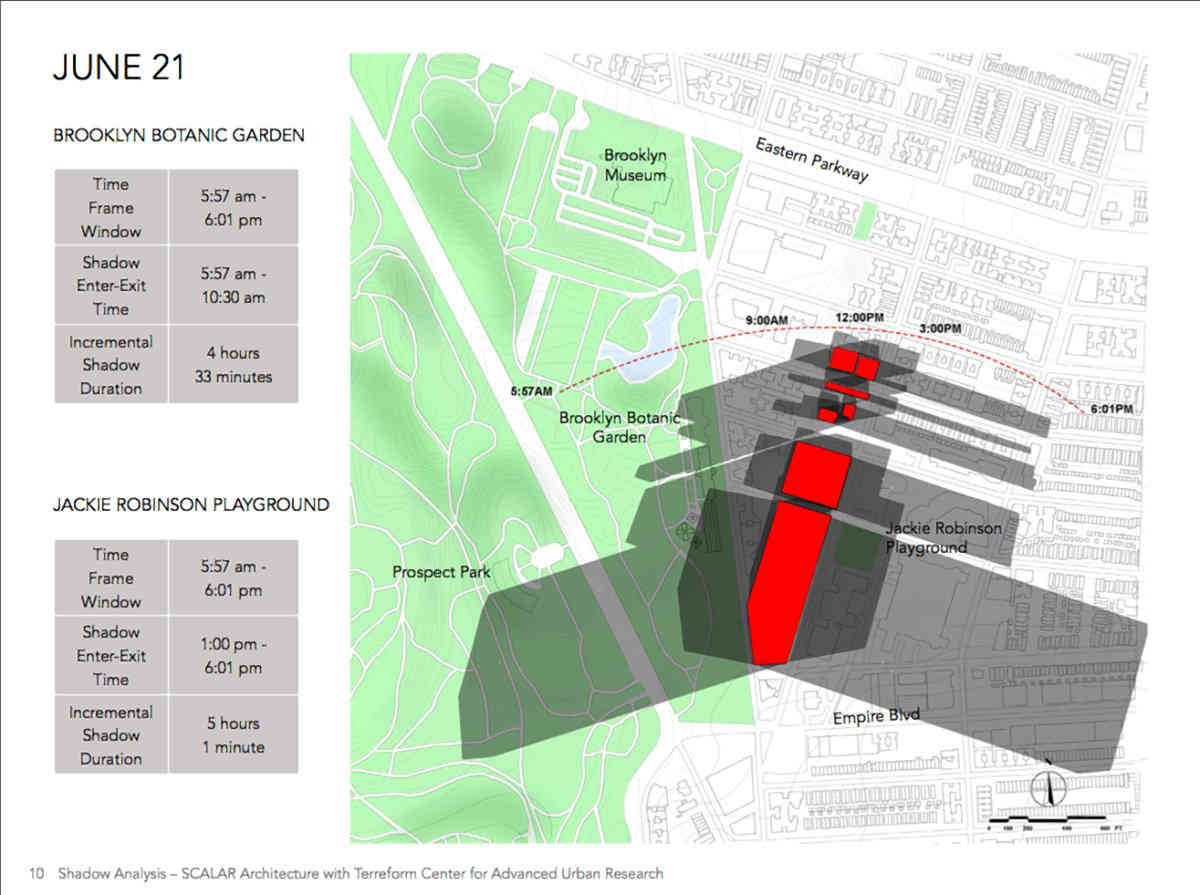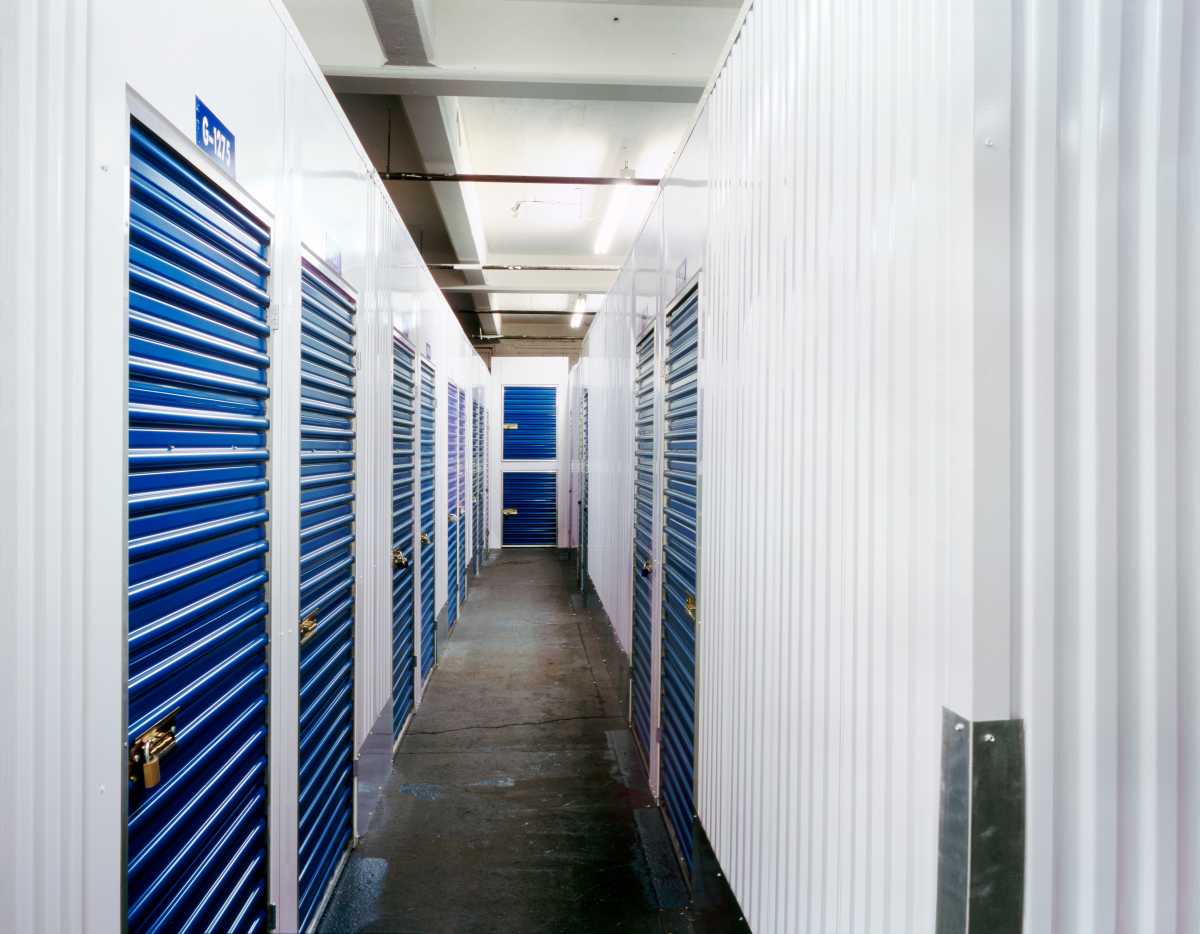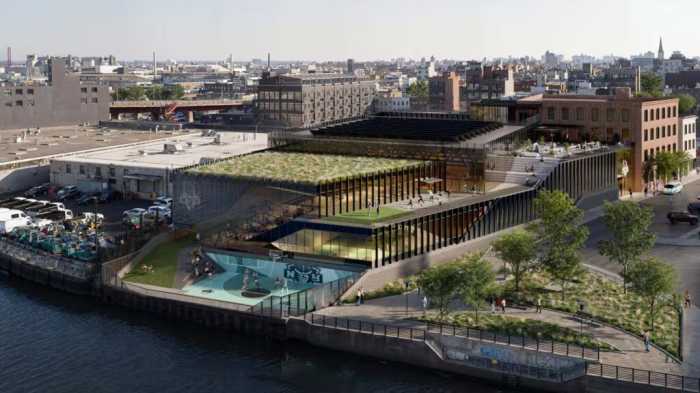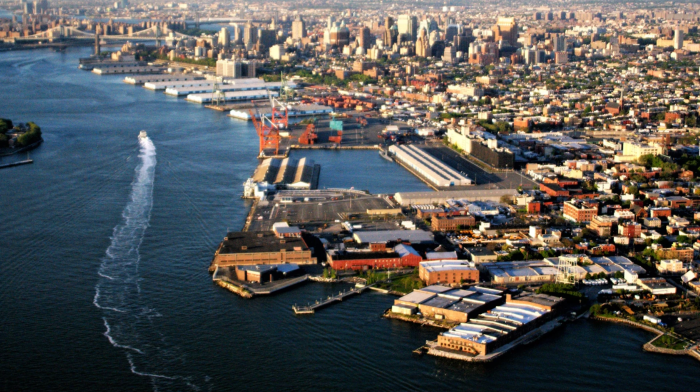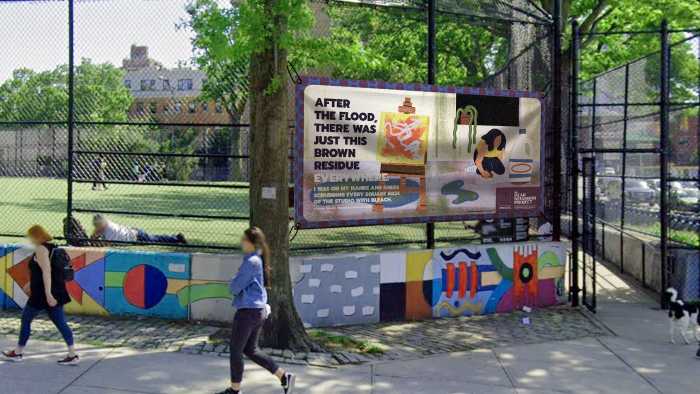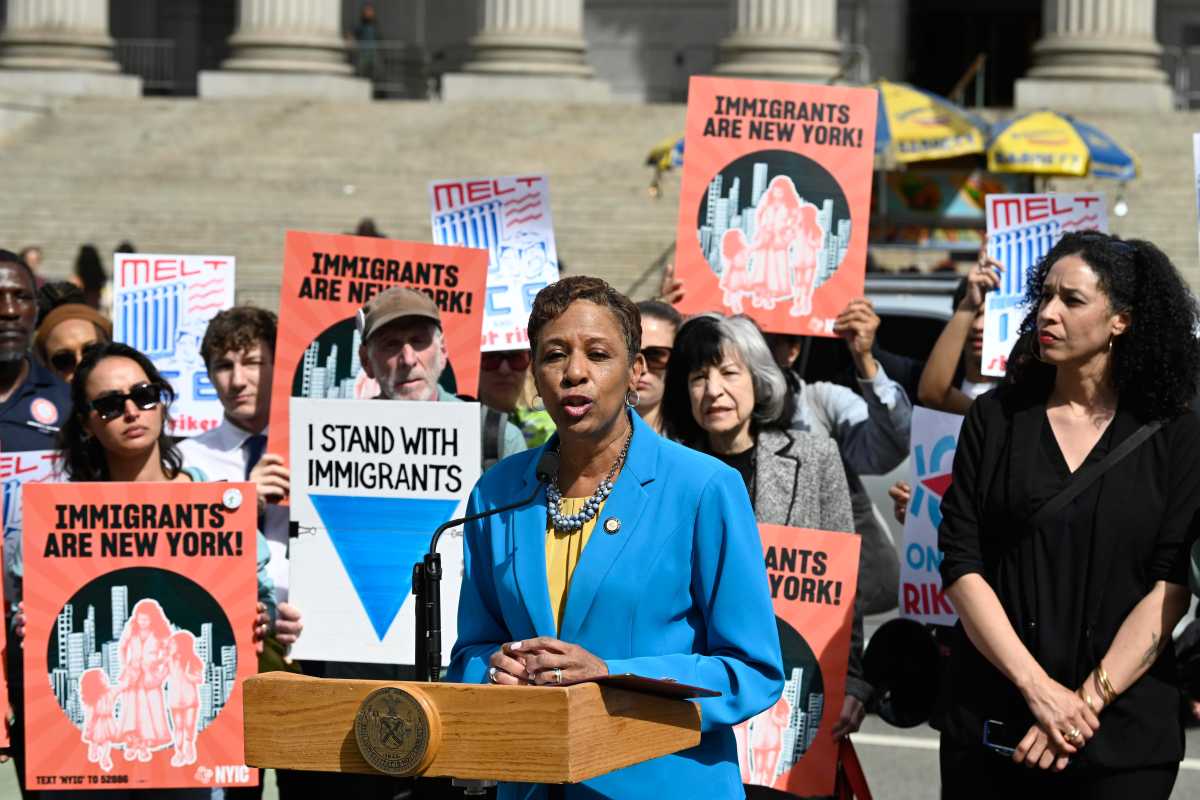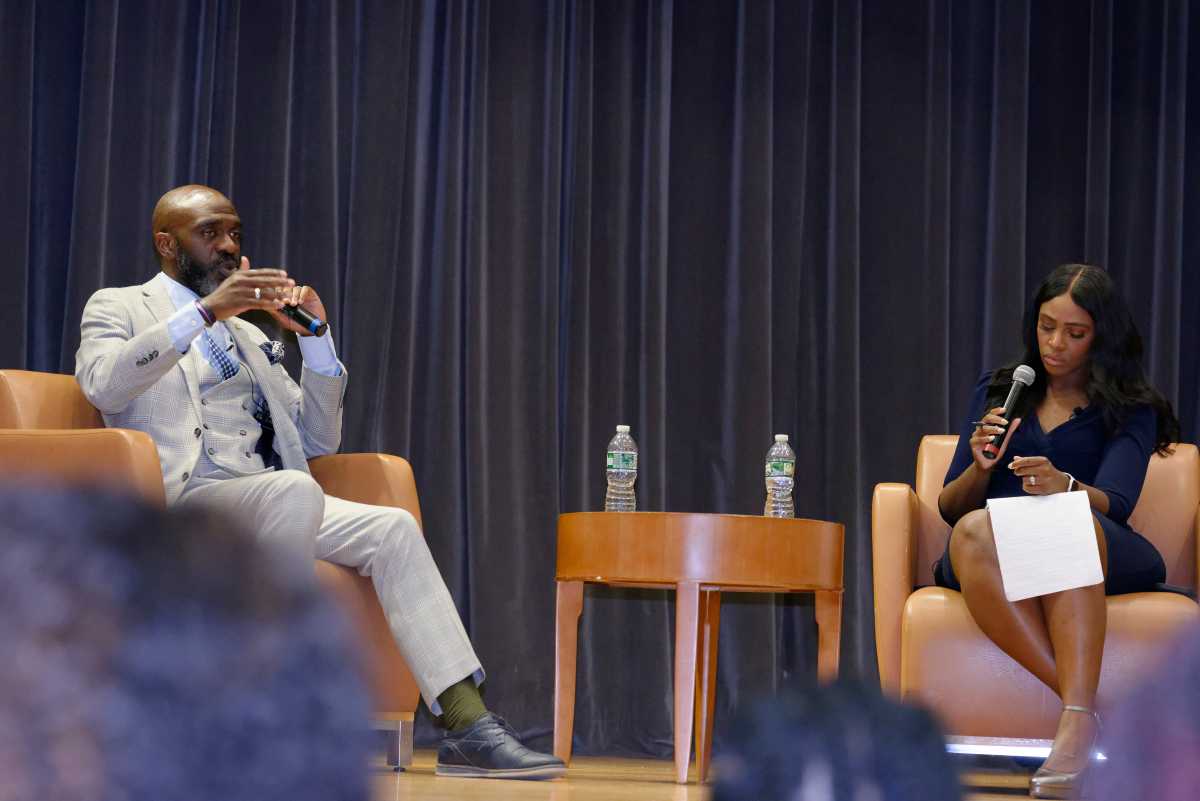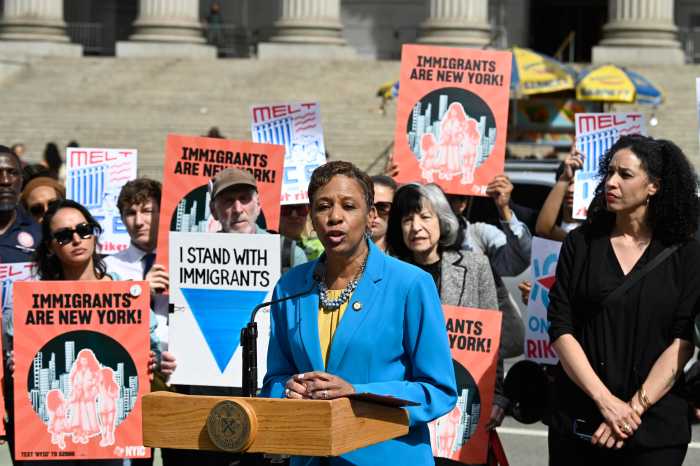It’s a dark prospect.
Three towering Crown Heights developments planned to rise blocks from the Brooklyn Botanic Garden and Prospect Park will deprive those and other nearby green spaces of precious sunlight each day, according to a study commissioned by a local anti-gentrification group.
Movement to Protect the People leaders tapped private architectural firms to create digital replicas of the projects — which include one developer’s 441-foot-tall complex and another’s two 235-foot-tall towers, all three of which would be erected on Franklin Avenue between Sullivan Place and President Street — for the shadow study, which showed the structures would noticeably block rays from the Prospect Heights garden and a public playground blocks away on Montgomery Street year-round, sometimes for hours in a day.
“The shadow analysis determined that the duration and coverage of incremental shadows on the Brooklyn Botanic Garden and Jackie Robinson Playground would be significant,” said a summary of the study conducted by Manhattan-based companies SCALAR Architecture and Terreform Center for Advanced Urban Research.
On some of the longest days of the year, the taller of the two developments — builder Continuum Company’s six-tower complex at 960 Franklin Ave. — would cast an early morning shadow over the Botanic Garden that stretches all the way into Brooklyn’s Backyard, darkening parts of the green spaces for several hours, according to the study, which shows shadows covering the lawns from around 6 to 10:30 am on a test date of June 21.
Affected areas in the Botanic Garden would include greenhouses at the Steinhardt Conservancy and the Herb, Water, and Children’s gardens, and in Prospect Park, part of the zoo would be covered by the shadow.
And later that same day, the study shows the complex’s shadow would migrate to blanket the Jackie Robinson Playground for a whopping five hours, from roughly 1:00 to 6:01 pm.
The two smaller towers proposed by builder Cornell Realty Management — whose height already drew the ire of concerned Botanic Garden lovers — would also cast shadows that darken parts of the Prospect Heights growing patch for hours, according to the study’s June 21 test date, but they would not cover as much area as those cast by its bigger neighbor.
Both Continuum’s and Cornell’s projects, however, require the city to green-light upzonings on their proposed lots, where regulations currently cap buildings at seven stories or less — largely as a means of protecting the Botanic Garden’s plants and sight lines.
Garden leaders recently panned the Continuum complex, but took Cornell brass at their word last year when they said their own city-mandated shadow study of their two towers showed they would not harm any flora.
But that may be because the firm based its own study on a smaller 175-foot tower that didn’t account for rooftop bulkheads, or factor in additional building rights the developer could obtain through a city program that permits higher towers in exchange for including space for a grocery store inside them, according to a researcher who contributed to the just-released study.
“Regulations require developers to show the worst case scenario, but it chose not to,” said Andrea Johnson, who works for Terreform. “They modeled the building to make it appear less bulky, which would appear to create a less intimidating shadow.”
A rep for the green space couldn’t immediately comment on the newly released shadow study, but reiterated the need to maintain the area’s current zoning to safeguard its blooms.
“BBG strongly advocates maintaining the site’s current zoning — which now caps building height at six-to-seven stories — which was put in place, in part, to protect the garden’s conservatories from building shadows,” said Elizabeth Reina-Longoria.
Continuum bigwigs have yet to file all the paperwork required to complete the environmental-review process required for their upzoning application, but Movement to Protect the People leaders plan to use the new study’s results to challenge the findings Cornell already submitted to the city about its towers’ shadows, member Alicia Boyd said.
Reps for Cornell did not return requests for comment.


